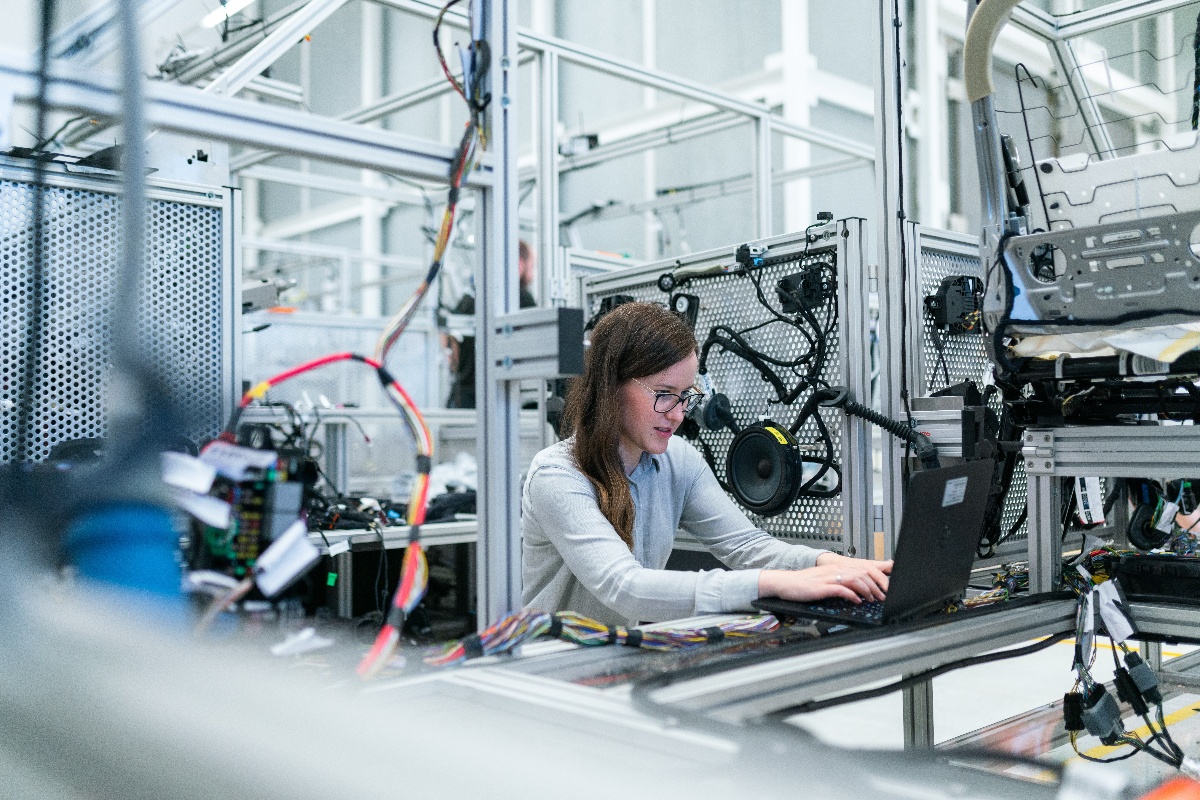To create better products and boost your bottom line, follow our five tips for manufacturing efficiency. Let’s find out more.

Manufacturing efficiency happens when you create the highest quality products for the lowest possible cost. It’s the goal for every manufacturing company, as it boosts the bottom line, alongside several other benefits. It’s why they invest in the latest IoT technology to streamline their processes as much as possible. In this article, we’ll examine manufacturing efficiency in more detail – and show you five ways to get there.
The ‘why’ behind manufacturing efficiency?
Manufacturing efficiency is about productivity first and foremost. It’s about getting more out of less to stay ahead of the competition. Organisations that boost their manufacturing efficiency rating experience dramatic results:
- Up to 60% increase in operation productivity
- 30% less unscheduled downtime
- Up to 92% fixes completed first time
People and technology are the key drivers of manufacturing efficiency. You use the tech to empower your engineers to be more productive. For example, you can use software to streamline your design process, IoT to reduce downtime by proactive monitoring, or tech-based training to help technicians work faster.
You can drive manufacturing efficiency throughout your organisation, from the product concept and development stage, through ordering and scheduling, all the way through to the manufacturing and supply chain stages.
But how do you do it? Here are five ways you can get closer to manufacturing efficiency in your manufacturing organisation.
1 – Audit your production process
Use value stream mapping to create a visual record of your manufacturing processes, including all the documentation and materials needed to bring products to life. This audit helps you identify and eliminate costly bottlenecks, saving time and people hours.
2 – Reduce waste
Waste is an inefficiency as it adds no value to the customer. It creates work for your people but no value to your business. During your audit, identify ways to reduce waste caused by overproduction, keeping excess materials, excessive defects or unnecessary transportation.
Reducing waste is also helpful for sustainability.
3 – Consistent training
Train your teams regularly around topics that relate to manufacturing efficiency, including quality control, digital transformation and machine operation. Get them to buy into the concepts of manufacturing efficiency by illustrating the benefits.
Invest in technology like augmented reality to streamline training and bring it to life.
4 – Proactive machine maintenance
Employing IoT technology alongside your machines can help you spot small problems before they become big ones. This reduces unexpected machine downtime, costing your business in maintenance expenses and lost production.
Use your processes audit to draw up a maintenance schedule that fits around your workers rather than the calendar.
5 – Become data-driven
IoT monitoring generates real-time data relating to your production processes. Ensure you use it to identify areas to improve. Share information across your organisation (including the production floor) so your people can see how your products are working.
Making decisions based on immediate rather than historical data can produce significant results, including:
- 30% less unscheduled machine downtime
- 75% less time on-site for maintenance teams
- Up to 50% higher Overall Equipment Effectiveness (OEE)
Let’s get started
Manufacturing efficiency is the goal to pursue because, as well as boosting your bottom line, it helps sustainability, workplace culture and just about every other part of your organisation.
Technology never stands still, and manufacturers will continue to invest in the latest tools to get closer to manufacturing efficiency. AI will be the next battleground as organisations look to take advantage of predictive analysis and machine learning.
However, the principles behind achieving manufacturing efficiency remain the same. Follow our five tips and get closer to that all-important point.
